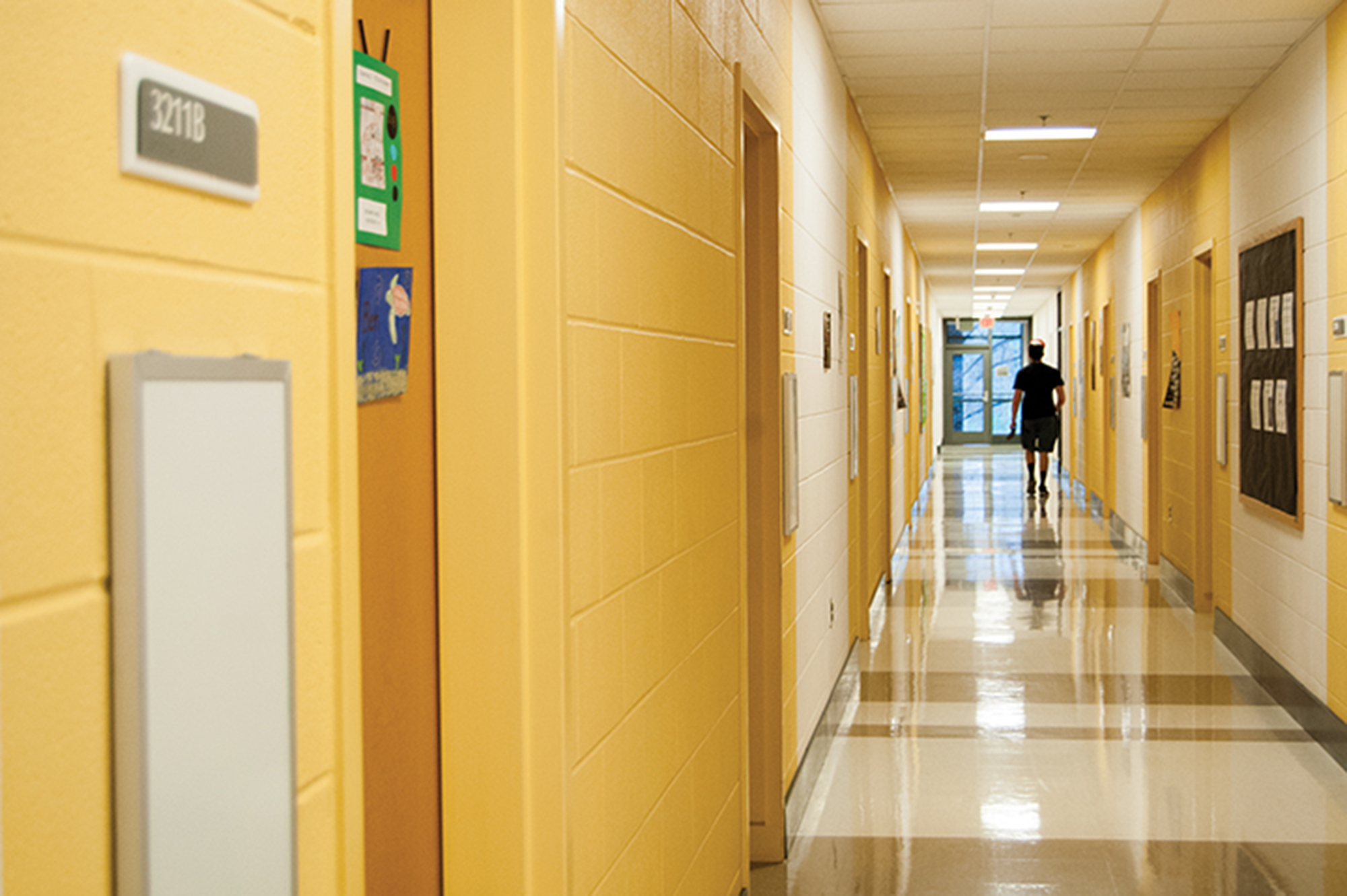The Department of Resident Life has unveiled its proposed fee structure for the 2016-17 academic year, and not all housing rates are increasing equally.
While the rate for standard doubles in traditional halls is increasing by less than 4 percent, fees for singles and rooms with bathrooms are going up almost 7 percent.
The disparity reflects progress toward a more differentiated housing rate structure, designed to base fees on the number of room occupants and amenities such as air conditioning and bathrooms.
“It really is an implementation that started last year,” said Mike Glowacki, Resident Life’s assistant to the director. “Prior to this year, most spaces cost about the same. We got a lot of support to change the way we do things.”
The plan for the differentiated rate structure, designed in conjunction with the Residence Hall Association Senate, is to phase in fees over a five-year period, Glowacki said. After the phase-in, all fees should increase by the same percentage.
Among the highest fee increases are those for singles with individual bathrooms. Students with these rooms next year will pay 9.15 percent more than they would have paid this academic year. Meanwhile, fee changes for triples and quads without bathrooms are among the lowest increases, rising less than 3.5 percent for those without air conditioning.

The cost for rooms in the 2016-17 school year is higher than those for the 2015-16 school year. (Graphic by Julia Lerner/The Diamondback)
Glowacki added that most of the university’s peer institutions have differentiated housing rates.
Junior criminology and criminal justice major Jason Bounds said the differentiated rates are a welcome change for students who want to choose the kind of housing they live in.
“It’s really nice being able to have that option to select where you would like to live,” Bounds said. “There’s that economics side of it, that Maryland is kind of like forcing people to pay, so definitely giving that choice is a lot better.”
However, students often don’t have complete control over housing. Junior biology major Mariah Balmaceno-Criss noted that while the structure is nice for someone forced into a flex triple or quad, students who are randomly assigned a single now face substantially higher fees.
“I know that when my friend … switched into [the Integrated Life Sciences living-learning program], he was mandated to live in a single on the ninth floor of La Plata,” Balmaceno-Criss said. “That wasn’t his choice. In those circumstances, you can’t make somebody pay more because that’s not their choice.”
The proposed fee structure has gone through the university’s review process and is now under consideration by the University System of Maryland’s Board of Regents. Glowacki said rates should be finalized in the next few months.



